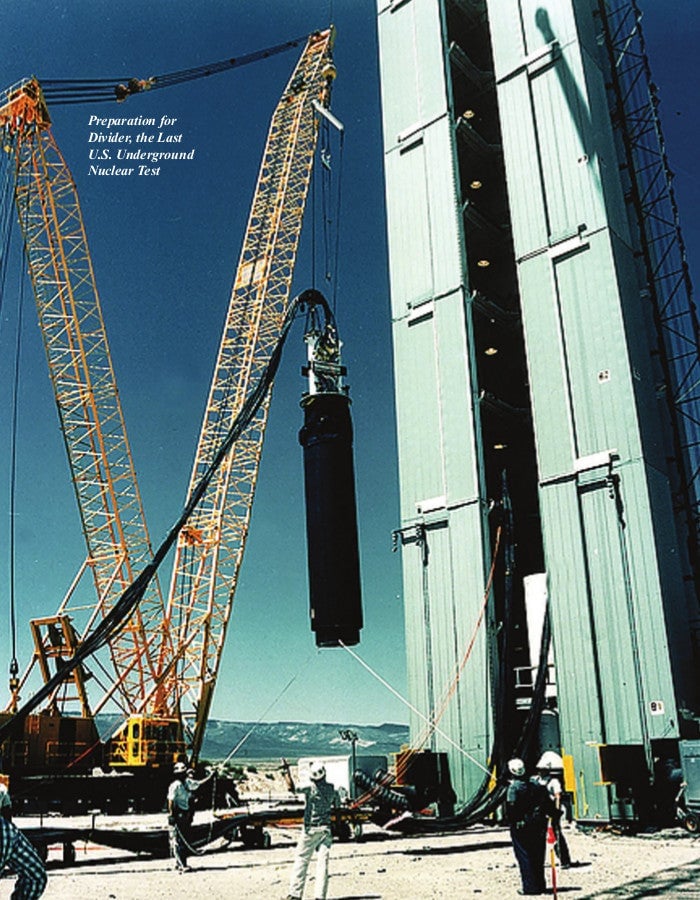The last US nuclear weapons test took place 26 years ago today
The last US nuclear weapons test took place on Sept. 23, 1992, at the Nevada Test Site. It was the 1,030th such experiment, the most conducted by any country since the first US atom bomb was exploded in 1945.


The last US nuclear weapons test took place on Sept. 23, 1992, at the Nevada Test Site. It was the 1,030th such experiment, the most conducted by any country since the first US atom bomb was exploded in 1945.
Onsite protests and a campaign of political activism at the end of the Cold War led the US to enact a moratorium on further tests shortly after the final one, which was called “Divider.” Russia, no longer the Soviet Union, had announced its own halt to such tests a year earlier, in October 1991.

The moratorium would be continued under president Bill Clinton and eventually extend into the global treaty banning nuclear tests, the Comprehensive Nuclear Test Ban Treaty, in 1996. Though 183 nations have signed on, the US has yet to ratify the convention and bring it officially into force.
Some lawmakers feared that the US nuclear deterrent would be compromised if the country was unable to test its weapons stockpile. However, scientists and engineers argue that the US can maintain an effective arsenal without actually exploding the weapons.
The unintended consequences of testing are still being felt today: Fallout from the Nevada experiments was likely responsible for the deaths of as many as 690,000 American civilians, according to new research into the radioactive contamination.
The only nuclear weapons tests in the 21st century have taken place in North Korea. The program there is the subject of fraught diplomacy as South Korea and the US urge strongman Kim Jong Un to move toward denuclearization.